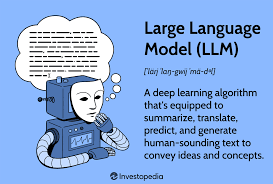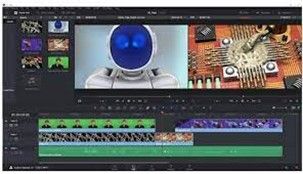Introduction
Recent advancements in AI tools are transforming how we create text, video, and music. AI models such as OpenAI's GPT-4 have made understanding and generating natural language easier, benefiting chatbots, writing, and marketing. Tools like Jasper and Copy.ai are assisting writing tasks, while Sudowrite supports fiction writers. In video generation, technologies like DeepFaceLab and Reface produce realistic videos. AI video editors such as Synthesia, Colossyan, Hour One, HeyGen, Pictory, and Lumen5 transform the text into engaging videos. Virtual influencers like Lil Miquela demonstrate the potential of AI. AI composers like AIVA Udio AI, Soundraw AI, and others create original tracks for films and ads. Models like OpenAI's Jukebox and Google's Magenta showcase AI's ability to compose music in various styles. Tools like LANDR make audio mastering easier for musicians. Multimodal AI models, including OpenAI's DALL-E and CLIP, integrate text and visual content creation, enhancing cross-modal creativity. Tools like Descript simplify editing across different media, highlighting AI's powerful impact on content creation.
AI Text Generation
Large Language Models (LLMs)

Large language models (LLMs) are sophisticated AI systems trained on extensive data to comprehend and generate text and other content. These models are crucial for numerous business applications and have contributed to the rise in popularity of generative AI. For years, companies such as IBM have utilized LLMs to enhance computers' comprehension and processing of language by leveraging advancements in machine learning and neural networks.
GPT-4 and beyond OpenAI's GPT-4 has greatly improved AI's ability to understand and generate natural language. It is used in various fields, including chatbots, automated content writing, and personalized marketing. GPT-4 can produce coherent and contextually relevant text, making it a valuable tool for businesses and individuals.
GPT-4 and beyond OpenAI's GPT-4 has greatly improved AI's ability to understand and generate natural language. It is used in various fields, including chatbots, automated content writing, and personalized marketing. GPT-4 can produce coherent and contextually relevant text, making it a valuable tool for businesses and individuals.
BERT-based models: Google's BERT (Bidirectional Encoder Representations from Transformers) and its variants, including Roberta and DistilBERT, are widely used for their high accuracy in understanding and generating text. These models are highly effective for search engine optimization (SEO) and personalizing content. They comprehend human language's nuances, enhancing the relevance and quality of search results and personalized content recommendations.
Specialized Writing Assistants

Jasper: Before it was named Jarvis, Jasper was an AI tool designed to enhance writing tasks. It helps users create blog posts, social media content, and marketing copy more efficiently. Jasper features a user-friendly interface and customizable templates, making it an indispensable tool for marketers and content creators looking to streamline their work.
Copy.ai: This tool is created to produce marketing copy, product descriptions, and other short-form content. Its user-friendly interface enables quick and easy generation of high-quality text. Copy.ai is mainly utilized by businesses to enhance their marketing efforts without requiring significant time and resources for content creation.
Creative Writing Tools
How does AI assist in video creation and editing?



